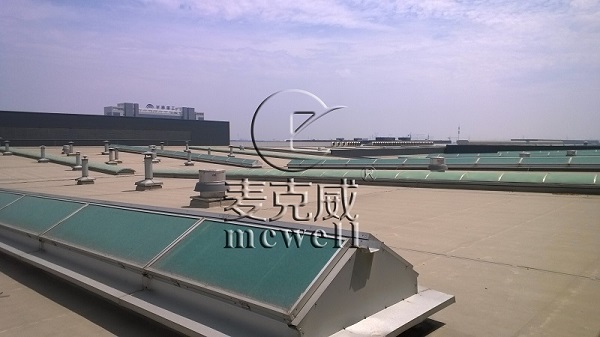- info@mcwell.cc
- +86 13881905158
- Quick Enquiry
Electric smoke vent skylights' controller is very particular, if it is installed improperly, it will affect the opening and closing of the smoke ventilator, and directly affect the ventilation effect of the skylight. The installation specifications of controller in the national standard atlas 09J621-2 are as follows:
1. The number of window controlled by each controller should be appropriate, not more than 12 sets.
2. Users can choose different sensors for the controller according to their needs, such as wind speed, smoke, rain, temperature, etc.
3. The wiring shall be laid with steel pipes, and a junction box shall be provided at the terminal of the skylong window, and the distance from the terminal shall be less than 10cm.
4. When wiring, wires of the same color are not allowed in the same steel pipe.
5. All wires from the controller to the lighting and smoke exhaust skylight should be laid in order, cross laying is forbidden, and a certain margin should be left at each junction box to facilitate wiring.
6. When wiring, it is forbidden to cut the wires from the controller to the skylight at the end.
7. The RS485 communication line of the control loop should be laid with shielded twisted pair.
8. The wire diameter from the controller to the distribution box should not be less than the main circuit wire diameter, and the wiring distance should not be greater than 10m. If it exceeds 10m, the wire diameter should be thickened according to the actual situation.
9. The selection of the cross-sectional area A and B refers to the wiring diagram of the universal control electric smoke vent skylights(AC220V)
11. Parameters of window opening machine:
A: Power supply: AC220 50Hz
B: Rated current of window opener: 0.56A
C: Push-pull force: 1200N
D: Speed: 12mm/s

The installation specifications of controller in the national standard atlas 09J621-2 are as follows:
1. The number of window controlled by each controller should be appropriate, not more than 12 sets.
2. Users can choose different sensors for the controller according to their needs, such as wind speed, smoke, rain, temperature, etc.
